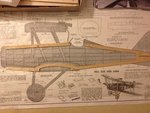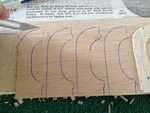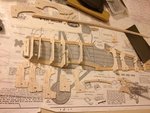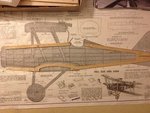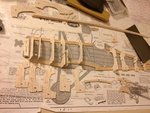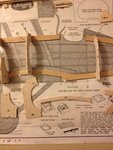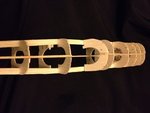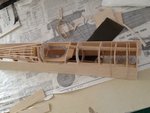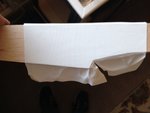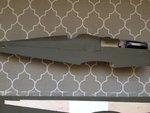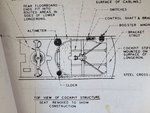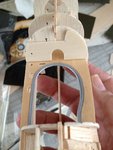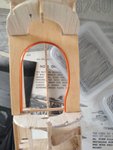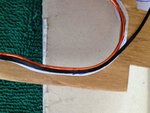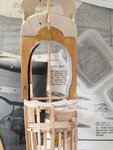- Thread starter
- #21
Skyediamonds
Staff Sergeant
- 1,087
- May 26, 2018
The original profile from the Guillow's kit has the front nose tapered more than what the full sized S.E.5 has. The real aircraft nose is more of a "boxy" squared-on shape. This means I had to lower the bottom keel to compensate for this. The last photo shows the original full sized aircraft with its "boxy" nose. The first picture shows the lower keel in its original position. The following picture shows how I lowered it just a little bit, but enough to make a difference such that I had to cut out new enlarged front-end formers. The kit also supplied a plastic radiator. I placed the completed one that I made from scratch to show the difference not only in detail, but in size to allow it to fit the enlarged front end. On the radiator that I scratch built and detailed, you'll see what appears to be a "flap" on the lower end This will be tucked under the fuselage when installed. The cutout is for the radiator stump drain.
Attachments
Last edited:






